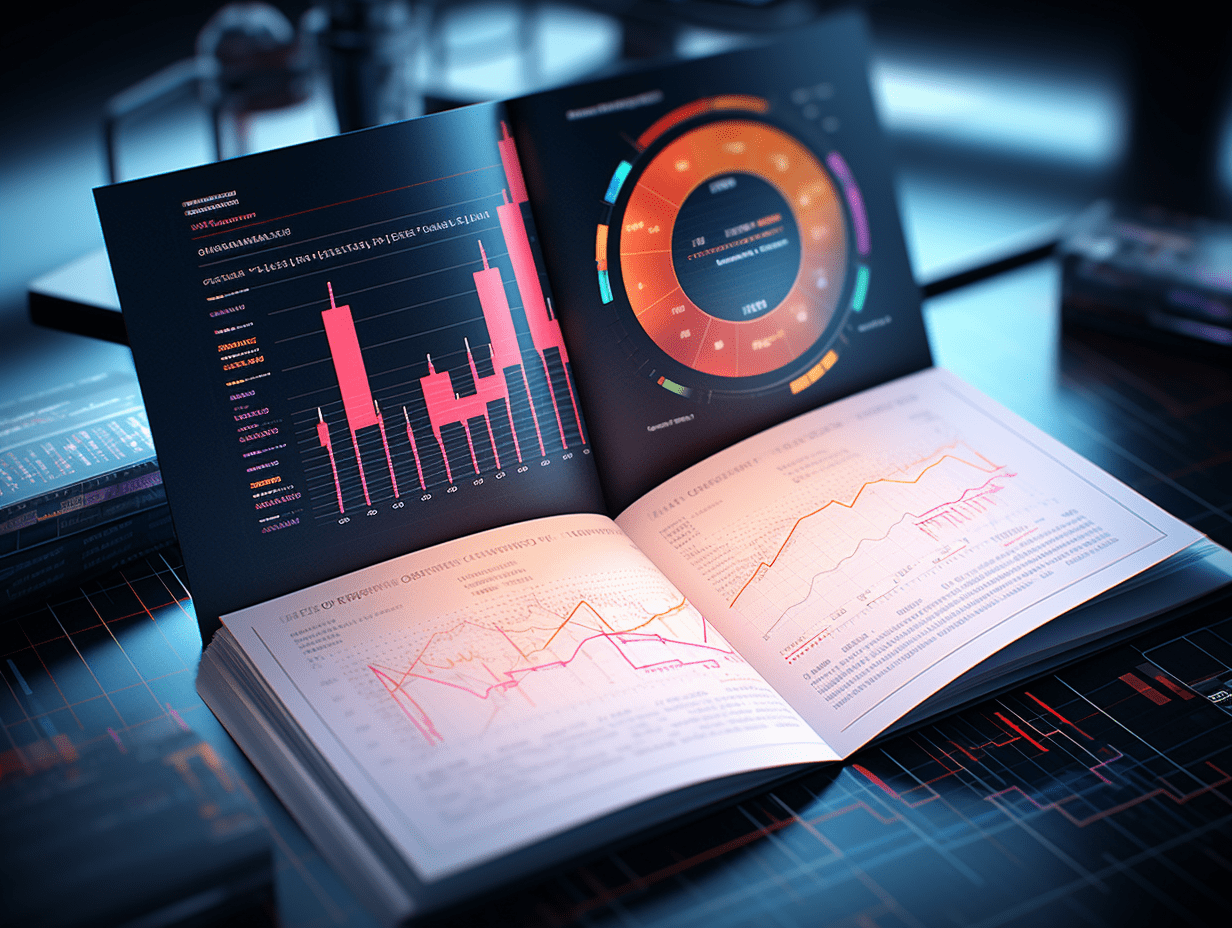The signal of Fed rate cut is more clear: U.S. PPI unexpectedly turned negative, the first decline in four months.
In August, wholesale inflation in the United States unexpectedly declined for the first time in four months, providing more justification for the Federal Reserve to cut interest rates.
Wholesale inflation in the United States unexpectedly fell for the first time in four months in August, providing further justification for the Federal Reserve to cut interest rates. Data released by the U.S. Bureau of Labor Statistics on Wednesday showed that the Producer Price Index (PPI) fell by 0.1% month-on-month, and the July data was also revised downward. On a year-on-year basis, the index increased by 2.6%.
The report indicates that despite cost pressures from Trump's tariffs, businesses avoided excessive price increases last month. Although the index had a significant increase in July, many businesses are concerned that a significant price hike could lead to customer loss due to ongoing economic uncertainty affecting consumer spending decisions.
Following the release of the report, U.S. stock index futures and bond prices both rose.
Specifically, excluding food and energy, goods prices rose by 0.3%, while service prices fell by 0.2%. In the service sector, wholesalers and retailers saw a 1.7% decrease in profit margins, marking the largest drop since 2009 and reversing the trend of significant profit margin increases in July. Profit margins have fluctuated significantly this year, highlighting the uncertainty of trade policy's impact on prices and demand.
The extent to which businesses pass on tariff costs to consumers will be a key factor in determining interest rate paths this year. While Federal Reserve officials generally expect import tariffs to push up inflation levels over the remaining time in 2019, they have not yet determined whether this impact will be a one-time adjustment or have more lasting effects.
The U.S. Bureau of Labor Statistics stated that the decline in service prices in August was largely attributable to a 3.9% drop in profit margins for machinery and automotive wholesale businesses. Meanwhile, excluding food and energy, consumer prices for manufactured goods saw the fastest rise since February, partially due to a surge in tobacco product prices - the Bureau of Labor Statistics referred to the rise in tobacco prices as a "major factor" driving up commodity prices.
Consumer price data, scheduled to be released on Thursday, will reveal to what extent tariffs in August have affected American households. Forecasters expect the core Consumer Price Index, excluding food and energy, to once again show a high monthly increase.
Rate cut expectations
The market widely expects policymakers to decide on a rate cut at next week's meeting to address the rapid slowdown in the labor market. Federal Reserve Chairman Powell cautiously "opened the door" to a rate cut at the Jackson Hole Economic Symposium last month, and recent data shows that the trend of slowing job growth has continued into August.
Economists closely watch the PPI report as some of its sub-indexes are used to calculate the inflation indicators favored by the Federal Reserve - the Personal Consumption Expenditures Price Index (PCE). In August, these related indicators showed mixed trends: portfolio management service prices and airfare prices continued to rise steadily, while the increases in various healthcare service prices were more moderate.
Excluding food, energy, and trade services, the less volatile PPI index rose by 0.3%. Intermediate demand for processed goods, reflecting price levels in the production chain upstream, increased by 0.4%.
Related Articles

The 10th "Belt and Road" Summit opens in Hong Kong, focusing on various opportunities in trade, investment, innovation and technology, and green development.

A Goldman Sachs trader asked, "When will the feast of US stocks end?" "Experienced" clients strongly believe that "the cost of an economic recession is underestimated."

Even if inflation heats up tomorrow night, it will not disturb the U.S. stock market, as employment data leads the market direction.
The 10th "Belt and Road" Summit opens in Hong Kong, focusing on various opportunities in trade, investment, innovation and technology, and green development.

A Goldman Sachs trader asked, "When will the feast of US stocks end?" "Experienced" clients strongly believe that "the cost of an economic recession is underestimated."

Even if inflation heats up tomorrow night, it will not disturb the U.S. stock market, as employment data leads the market direction.

RECOMMEND

Significant Southbound Capital Inflows into Hong Kong Stocks—Three Investment Directions to Watch
10/09/2025

Heavy-Duty Engine Sales Slide as Weichai Power’s Supplier Payables Near RMB 100 Billion
10/09/2025

U.S. Annual Nonfarm Payroll Revision Misses Expectations with 911,000-Job Cut, Heightening Fed Rate-Cut Pressure
10/09/2025


